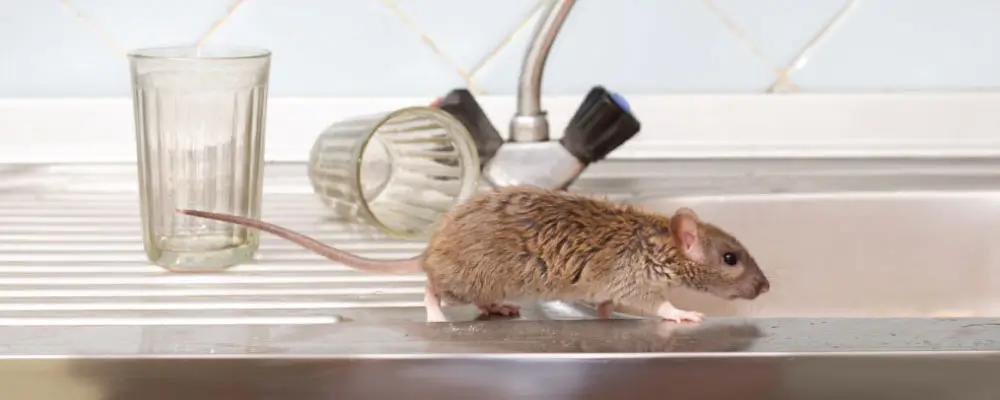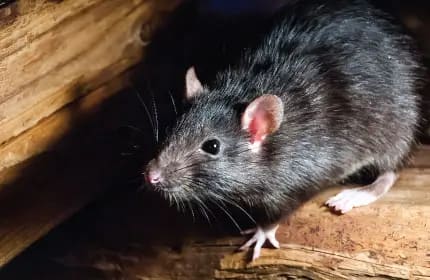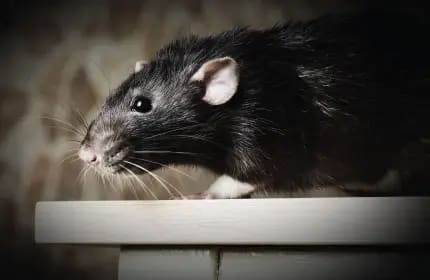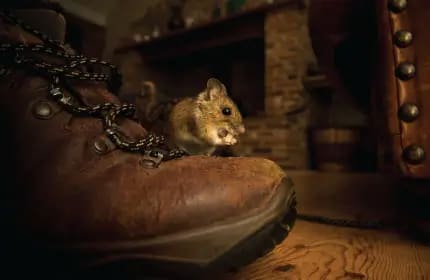


Rodent Control
Rats and mice can be a common problem in residential & commercial properties in Queensland and need to be dealt with early to prevent further breeding and infestation. While most people think setting traps can get rid of isolated rodent problems, it does not fully address the problem. The team at Annual Pest Management are experts in rodent control and removal, with solutions to fix the problem from the source.
Signs of Infestation
If you’ve come across any signs of a rodent infestation in your home, through either droppings or chewed electrical cords, it’s time to get in contact with Annual Pest Management for our professional pest control services.

Rodent Breeding
Rats mature very quickly and become sexually active in roughly 12 weeks. Each rat litter contains anywhere from 4-16 offspring with female rats giving birth up to 8 litters a year. Combine their short breeding cycles with the number of offspring per cycle, and you have a deadly pest that can multiply and infest your home in a short span of time.

Diseases from Rodents
These rodents carry transmittable diseases that can be harmful to humans, like rat-bite fever which if contracted needs immediate attention and can be treated with penicillin and other medications. Another deadly disease is Hantavirus Pulmonary Syndrome which is transferred through rat droppings. Side effects of this disease include flu-like symptoms and potentially even life-threatening breathing problems. Contact the team at Annual Pest Management if you think your home has a rat problem as we will provide you with the best possible solutions.

Steps to Take Now
Keep your kitchen pantry closed with all food packaged.Completely seal the bins inside and out of your home.Block all possible entrance ways into your home.Keep your yard and home exterior neat and well-kept.Remove as much cardboard as possible from your home.Book-in regular pest management.
Norway Rat
Sometimes referred to as the sewer rat or brown rat, this species is the one of the most common species of rodents that we deal with. Their build stands out for being bulkier, with a small tail, smaller eyes and a blunt nose with shaggy fur. Colours of the Norway Rat range from brown, grey to even black with a dirty white colour on its belly. This rat is more of a scurrying/floor rat and typically does not climb, enjoying the lower parts of buildings, like sewers, drains and tunnels. If you have seen a rat in your garage or kitchen, it is probably a Norway Rat. Most likely found feeding on meat and scraps, they will discrete droppings that have pointy ends.
Roof Rat
The Roof or Ship Rat is smaller in size compared to the Norway Rat with sleek, smooth fur. Its tail is longer than its body with big ears and eyes and is traditionally black or brown in colour. Its length can be up to 45cm in length including its tail. As the name suggests, the Roof Rat is very good at climbing and will commonly build nests in bushy trees or roof voids in houses. Like the Norway Rat, the Roof Rat species eat meat scraps but will eat almost anything if hungry enough. They can be found foraging for food at night as they are nocturnal in nature. These pests will normally be heard before seen, typically scampering in wall cavities, and will chew through anything to get food & water. With their droppings and urine, a health hazard to humans, these rats cause damage to your home by chewing on water pipes and electrical wires and gnawing on wooden beams.
House Mouse
The House Mouse or Field Mouse can be found all around Australia and active all-year round. This species has small feet, large ears, long tails and are usually brown in colour with a musky odour. Similar to the Roof Rat, these mice are nocturnal and can live anywhere they can successfully hide their food. Their droppings are typically pointed and around 5mm long.




